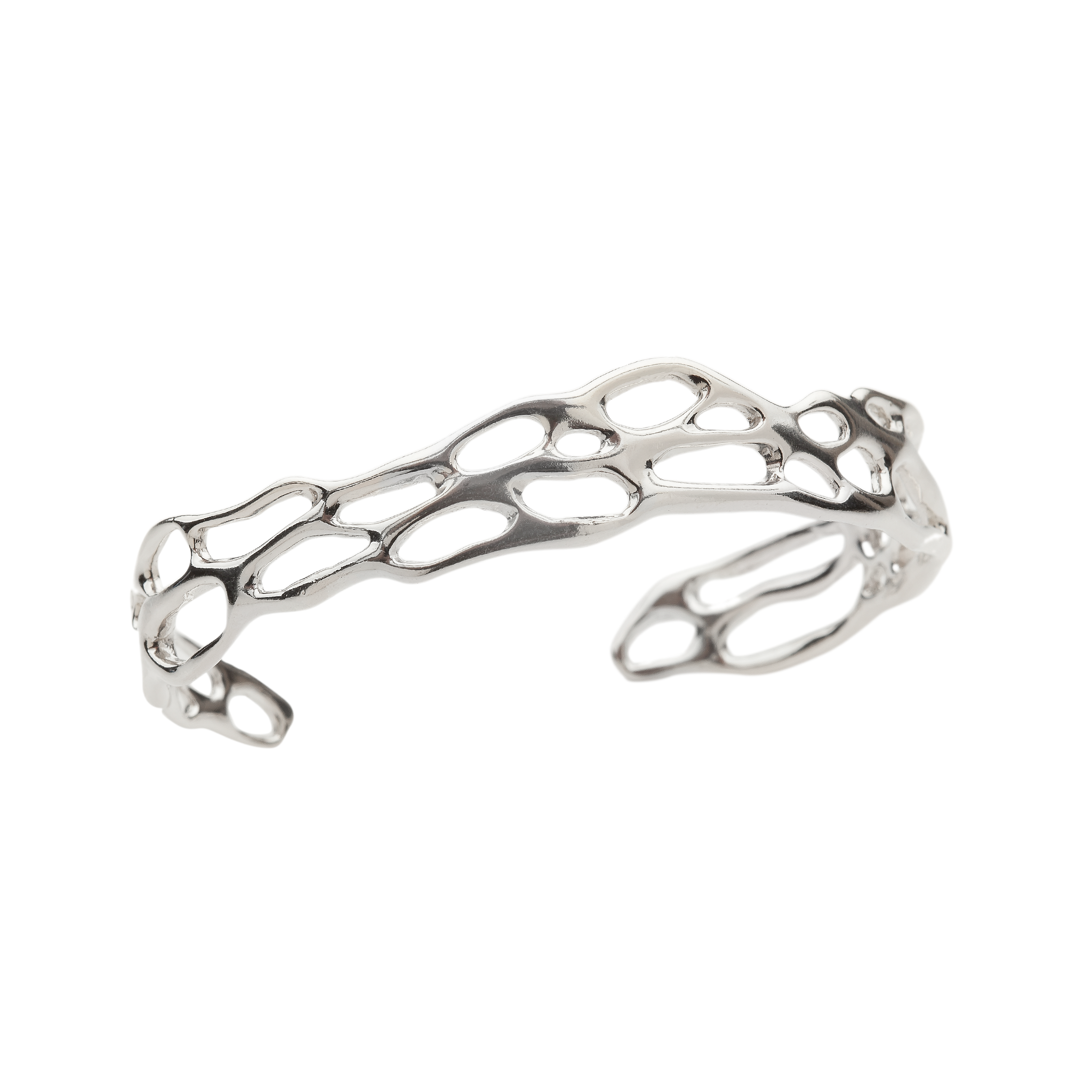
What is the difference between gold-plated, gold-filled, and vermeil jewelry?
When it comes to jewelry, there are a number of techniques for creating that shiny gold finish we all adore. From gold plating, to gold filling, and vermeil, each approach can yield beautifully gilded pieces but - be informed - they aren’t all created equally.
Gold-Plated Jewelry
Simply put, “gold-plated” describes the process of applying a thin layer of gold to a piece of jewelry with a base metal such as brass or copper. To achieve gold plating, jewelry is placed in a liquid bath containing fine gold particles, which adhere to the surface of the metal in a very thin layer using electricity. The typical amount of gold plating used on jewelry is 0.05 to one micron in thickness. One micron is equal to one-thousandth of a millimeter – that’s thin! In fact, it’s important to keep in mind that this layer of gold is often so thin that it can quickly wear off exposing the base metal below.
Gold-Filled Jewelry
Like gold plating, gold-filled jewelry is made using a base metal such as brass or copper. The difference is in the thickness and the process of applying the gold. Gold filled requires that a substantially thicker layer of gold be applied, and the process involves the use of heat and pressure bonding to permanently fuse a layer of gold over the base metal. The US Federal Trade Commission (FTC) regulates that the layer of gold must be 5%, or 1/20, of the total weight of the jewelry and the gold must be 10 karat or higher. Unlike gold-plating, even with daily wear, gold-filled jewelry can maintain its appearance for up to 30 years and can have up to 50 times more gold content than gold-plated jewelry! It’s a great choice for those who want the look and long-lasting wear of gold without the precious metal price tag.
Vermeil Jewelry
Vermeil (pronounced ver-MAY) jewelry boasts a layer of gold on top of a sterling silver base. Similar to the process of gold plating, vermeil requires that sterling silver jewelry be placed in a bath containing fine gold particles, which adhere to the surface using electricity. The main difference between the two is the quality and thickness of the gold needed for a piece of jewelry to be called vermeil. In fact, the FTC also regulates the use of the term “vermeil” requiring that the quality of gold used must be no less than 10-Karat and have a thickness of 2.5 microns. Furthermore, a vermeil piece of jewelry is considered more valuable than gold-plated jewelry because of its sterling silver base. The copper and brass base metals, typical of gold-plated jewelry, are less precious.
Here’s a quick reference chart to help you better understand each type of jewelry:

So, which is best?
Personally, I use both gold fill and vermeil for my jewelry but for different purposes. For instance, I use vermeil to give my existing sterling silver jewelry a rich gilded finish. I appreciate the higher intrinsic value of a precious metal base and thicker gold coating. On the other hand, when I fabricate (hand make from raw materials such as wire) a piece from scratch, I use gold-filled materials because they can be formed and soldered more easily. As a general rule, I don’t recommend gold plating or using gold-plated jewelry as it tends to wear very quickly but to each her own - especially if you’re looking to spend a bit less!
Interested in gold-filled and vermeil jewelry? Explore Lila Clare Jewelry’s gold-filled sterling silver and vermeil pieces from the Joy and Botanic Collections.











